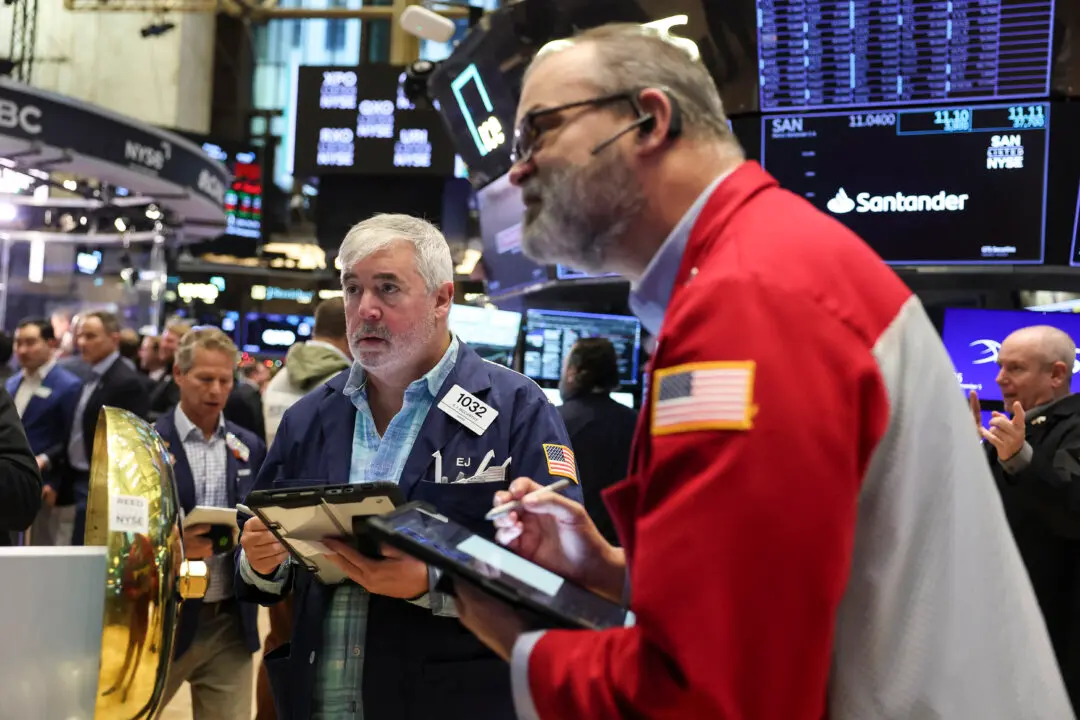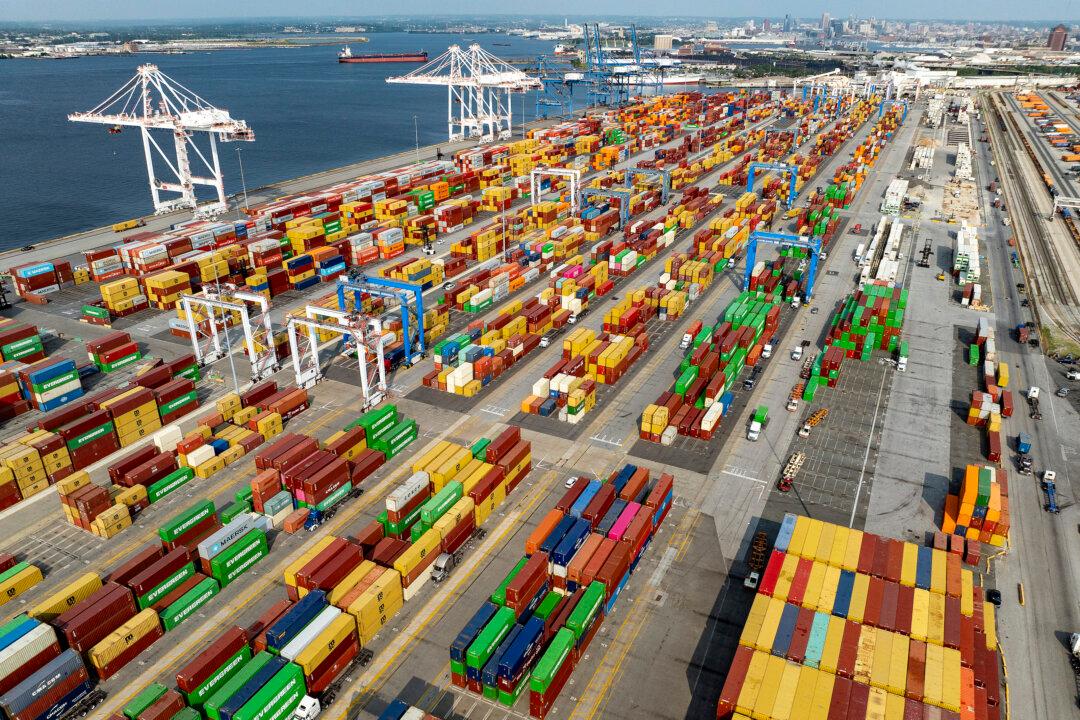Commentary
The debate about recession risk is pointless. We’re already in a recession. Real gross domestic product (GDP) in the United States declined at an annual rate of 1.6 percent in the first quarter. The Atlanta Fed GDPNow model shows a 1.5 percent contraction in the second quarter. But the underlying figures are scarier.





